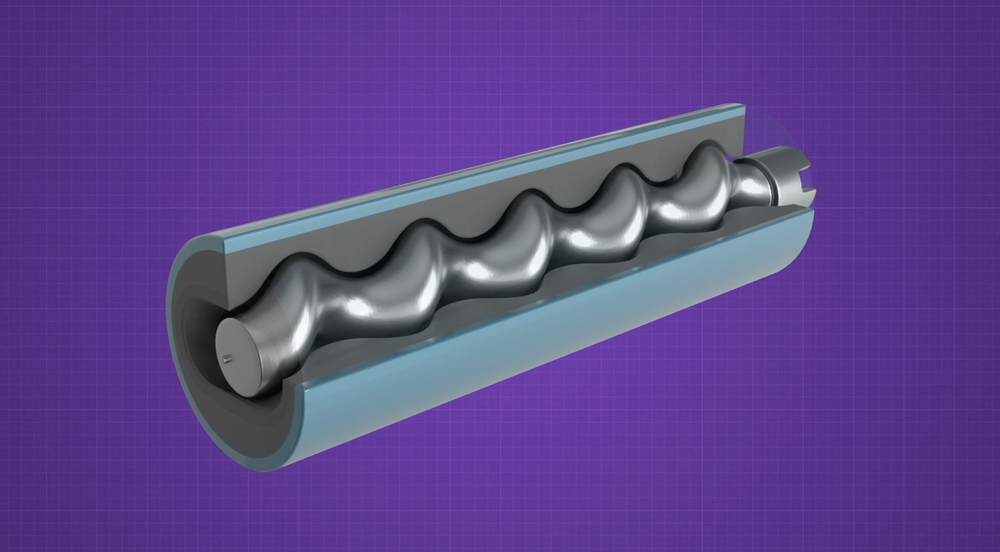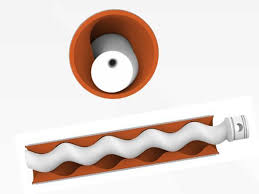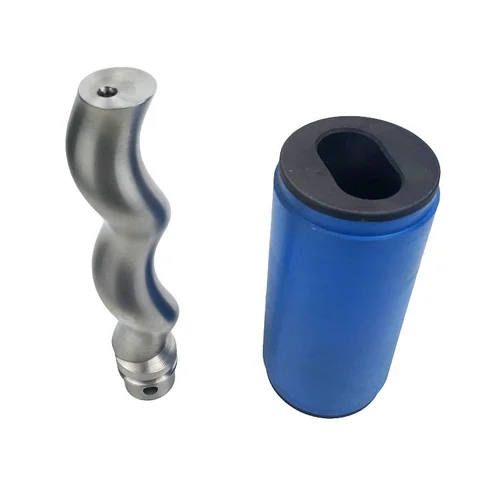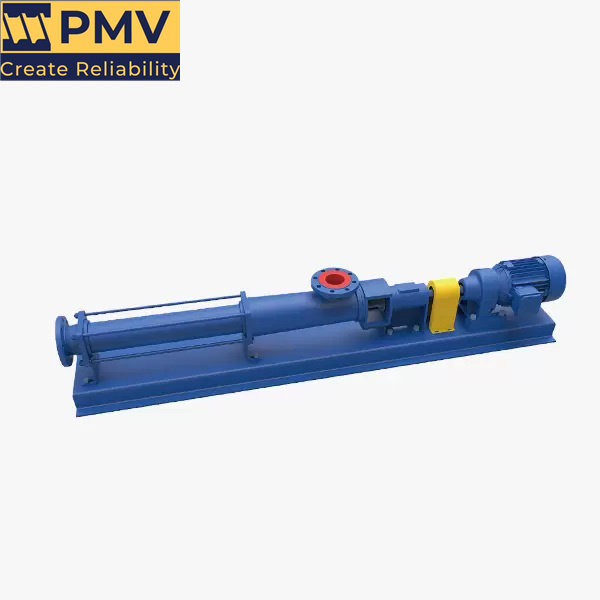pump rotor and stator
In various types of pumps, particularly in progressive cavity pumps and some positive displacement pumps, the rotor and stator play crucial roles in the pumping mechanism. Here’s a detailed overview of these components:
1. Definitions
A. Rotor
-
- Definition: The rotor is the rotating component of the pump that moves the fluid within the pump casing.
-
- Function: It creates a vacuum or pressure to draw in and push out the fluid.
B. Stator
-
- Definition: The stator is the stationary component that surrounds the rotor and provides the necessary structure for fluid flow.
-
- Function: It contains the rotor and helps in shaping the flow path of the fluid.

2. Working Mechanism
A. Rotor Movement
-
- The rotor rotates inside the stator, creating a series of cavities that trap and transport the fluid.
-
- As the rotor turns, it moves the fluid along the screw’s helix towards the outlet.
B. Fluid Displacement
-
- The interaction between the rotor and stator generates a positive displacement, allowing for efficient transport of the fluid.
-
- The fluid is confined within the cavities created between the rotor and stator, ensuring a continuous flow.

3. Design Considerations
A. Materials
-
- Rotor Material:
-
- Typically made from durable materials such as stainless steel or specialized alloys to withstand wear and corrosion.
-
- Stator Material:
-
- Often constructed from elastomers or rubber compounds to provide flexibility and maintain a seal with the rotor.
B. Geometric Design
-
- The design and geometry of both rotor and stator are critical for the pump’s efficiency, flow rate, and pressure generation.
-
- The fit between the rotor and stator must be precise to minimize leakage and maximize efficiency.
4. Applications
A. Progressive Cavity Pumps
-
- Used in various industries for pumping viscous fluids, slurries, and shear-sensitive materials.
B. Other Pumps
-
- Found in certain types of rotary lobe pumps, gear pumps, and some types of centrifugal pumps where similar principles apply.

5. Advantages of Rotor and Stator Design
-
- Efficient Fluid Transport:
-
- The design allows for the effective movement of fluids, especially those with high viscosity.
-
- Reduced Pulsation:
-
- Produces a more consistent flow with minimal pulsation, which is essential for sensitive applications.
-
- Versatility:
-
- Capable of handling a wide range of fluid types, including abrasive and corrosive materials.



